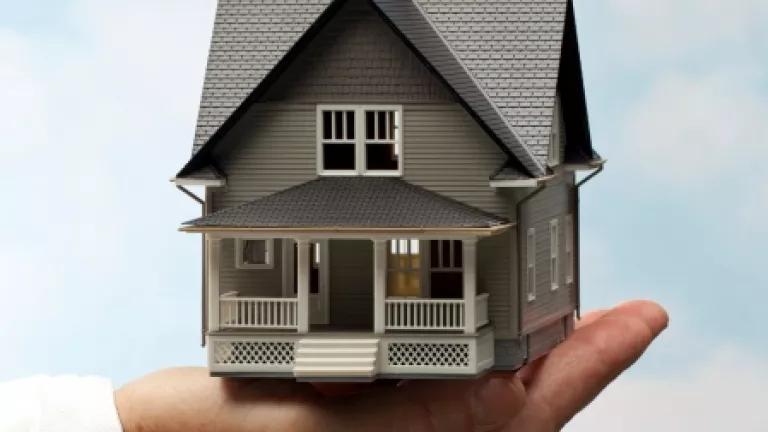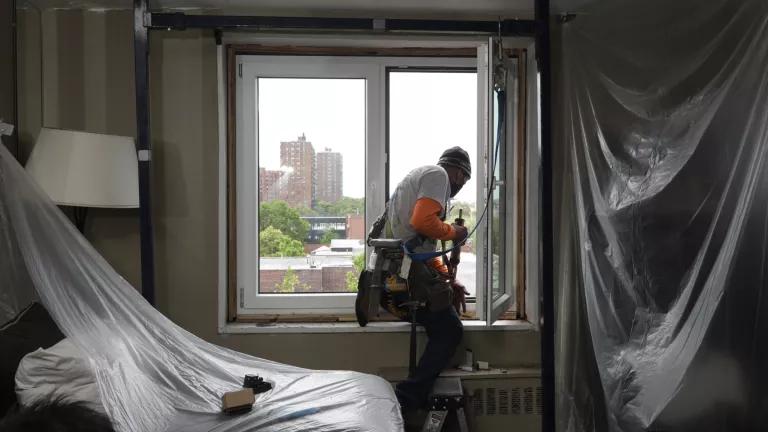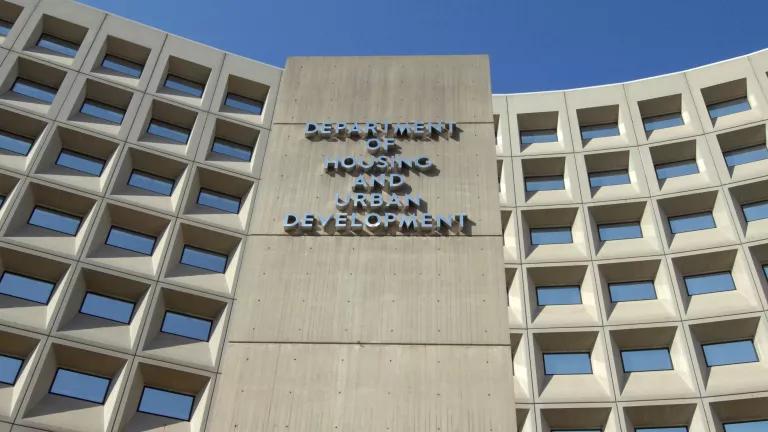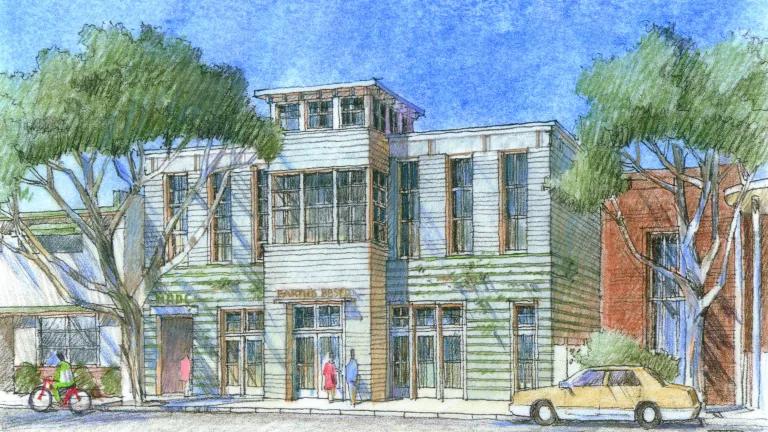Don’t Forget Buildings in Infrastructure Investment
There’s been a lot of talk recently about the need to invest in America’s infrastructure, and Congress is poised to consider H.R. 2, the Moving Forward Act. But what exactly is infrastructure? Most people probably think of it as roads, bridges, and tunnels. But there’s another critical component to our nation’s infrastructure: the buildings where we live, work, learn, shop and spend most of our time.

There’s been a lot of talk recently about the need to invest in America’s infrastructure, and Congress is poised to consider H.R. 2, the Moving Forward Act. But what exactly is infrastructure? Most people probably think of it as roads, bridges, and tunnels. But there’s another critical component to our nation’s infrastructure: the buildings where we live, work, learn, shop and spend most of our time.
America’s buildings, and especially our affordable housing stock, are in dire need of investment and modernization to ensure people have safe, healthy, durable spaces in which to reside. The National Low Income Housing Coalition reports that there is a shortage of 7 million affordable rental units for very low-income renters. And much of the existing housing is in poor condition, which means many of our most vulnerable fellow citizens live in sub-standard conditions – all while paying more than they can afford.
Energy costs directly contribute to a home’s affordability. Aside from the cost of rent or mortgage, the monthly energy bills for such things as keeping the lights, appliances, and heating and cooling running are generally a household’s single-largest housing expense. Yet energy burden—the percentage of a household’s income spent on energy costs—is significantly higher for low-income households than it is for median or high-income households. Low-income households, renters, Black households, and Latino households pay more for utilities per square foot than the average household, which means their homes are less energy efficient. This inequity makes for not only higher energy costs, but also spaces that are less comfortable and often less healthy and resilient.
There are many benefits of resilient, high-performing, healthy buildings. On a household level, energy efficiency means lower utility bills and better health. Efficiency can help reduce the risk of mold and other allergens that can cause or exacerbate respiratory conditions like asthma. On a community level, investing in the efficiency of critical facilities like hospitals and schools means these buildings will be better equipped to function in emergency situations like severe weather, while costing less to operate overall.
Congress is considering a number of measures as part of this infrastructure package, a few of which relate to building energy efficiency. As part of the GREEN Act, members of Congress are taking up tax credits for retrofitting existing homes (25C) to cut energy waste and making commercial buildings more efficient (179D), both of which NRDC supports. They are also considering an extension of tax incentives for new home construction (45L), which is a good start but still needs improvements to strengthen and modernize. They’re also putting forward a bill to improve the efficiency and resiliency of critical public community facilities, which will create jobs and ensure that these important community buildings remain safe, healthy, and able to remain functional during extreme weather or other emergency situations. And, importantly, Congress is taking steps through the Housing is Infrastructure Act—also included in H.R. 2—to expand investment in affordable, efficient housing for those who are most vulnerable.
While it’s important to maintain and improve our nation’s roads, bridges, and tunnels, we can’t forget that buildings are a critical part of America’s infrastructure, too. And they also need investment to ensure all people have safe, healthy places to live and work.



